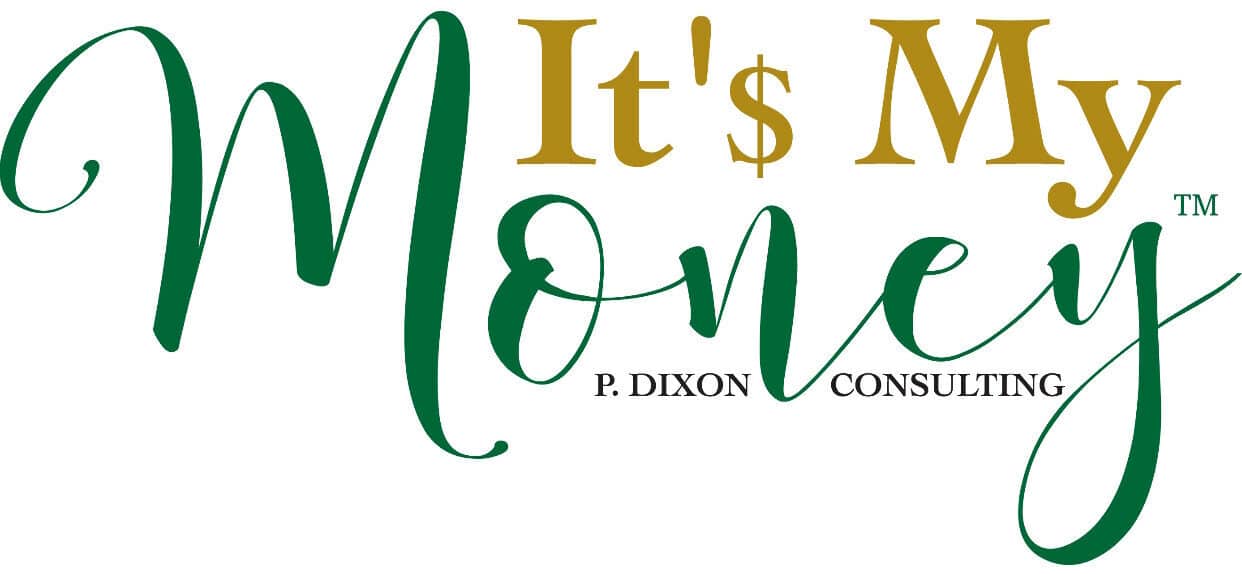Savings Account: Free Tips for Free Money
This post may contain affiliate links. For more info read my disclosure.
Some of us had bank accounts from our youth, set them up with direct deposit from our jobs, and are used to walking into a brick-and-mortar bank, drawing cash when we needed and swiping our debit cards. However, many of us aren’t taught the meaning behind what a savings account is, what we can do to benefit ourselves, and the overall opportunity that certain bank accounts can give you if you do it right. In a recent session that I facilitated, we heard live from an attendee who said that she didn’t receive this information until she paid for an actual financial consultant. It wasn’t until then that she learned about the benefits and opportunities of online savings accounts and free money. This information that we are going to provide you this week will help you navigate your financial journey in opening savings accounts and making back the most money possible. If you are looking to take your journey farther on topics we don’t cover or have more questions, please seek advice from a financial professional/advisor to do so.
Saving Basics: The Start
This may seem self-explanatory, but it’s important to understand the basics of your finances to navigate your journey. Saving is the act of putting money aside for the future and or for Emergencies. We recommend that you save money in a savings account, and additional side accounts, and or use other tools to save physical money.
An important reminder: ALWAYS pay yourself first- it’s your money and you need to be able to have that financial freedom to make your own decisions!
The best way to begin saving is through a budgeting plan. This can either be online or physical. Click here to see my resources that are available to you for free. By remotely saving even $10 a week, you will end the year with $520. Budgeting is all about discipline and planning- be prepared to challenge yourself a bit. Qube Money has also been a great resource for budgeting as it’s all digital and helps you organize your needs. Here are some examples of great “envelopes” that you may want to start with:
- Rent Expense
- Utility Expense
- Weekly Groceries
- Self-Care
- Car Payments
- Insurance
- Vacation
- Schooling
- Kids / Future Fund
What about physical money?
This is a common question that we are seeing from both young students and adults. By saving your money at home you risk potential catastrophe, and either a housefire or natural disaster. If you’re looking to keep money physically at your residence, invest in a fireproof or weatherproof safe and limit the amount kept on hand to a small amount.
Saving Safety: How to Know Where to Store!
A lot of you may be skeptical about where to store your money and that is a very valid concern- after all, it’s your money! The best tip, look for companies that are FDIC-insured. This in turn means that your deposited money is protected up to $250,000 by the government- if your account exceeds that you should likely move your money to continue to be insured.
If your current bank is not FDIC insured and they end up closing and your money is stored there- there’s no guarantee that your money is insured. Take some time and do your research.
Interest Basics: The Start
As many of you know, when you keep your money in an account it gains interest. Our advice, do your research! Interest is free money that your bank gives you for money that sits- there aren’t loopholes- it simply is just that! Most people have their money sitting in an account with a brick-and-mortar location, you know- the common banks that you see driving down the street. These locations are low-interest accounts- meaning you would be making less than 1% on your money that sits there- down to pennies if you don’t have a lot.
High Yield Saving Accounts: These accounts are high interest rates, and online only! This is the best way to get “free money” while just letting your money sit. These rates (as of early August 2023) are currently very competitive and have no comparison to brick n mortar rates.
| Online Only HYSA | BRICK & MORTAR |
| ALLY 4.25% | Liberty 0.05% |
| American Express Savings 4.15% | Bank of America Advantage 0.01% |
| Capital One Performance Savings 4.30% | Webster One 0.01% |
Do your research!
It’s extremely important to research the exact account you are looking at, but as you can see the interest rates are extremely better for a high yield saving accounts. These kinds of accounts you should not be actively drawing from, and instead should be used as a “keeper” account. Keep your money sitting for the future, and as it gains more interest, you most likely will not want to take it out regardless.
Your regular brick n mortar bank accounts can be used for active withdrawals and direct deposits if that’s something you do actively. Checking accounts with these accounts are more beneficial as you most likely aren’t charged fees for doing so. When you begin to make your way into HYSA (high yield saving accounts) it becomes more of a possibility. Take some time to look into it and decide what’s best for you!
Whose money is it?
It’s your money. You have all the freedom to do what you desire, and that includes the saving! There are so many opportunities out there to make free money, and you should take advantage of that! Thousands of dollars is worth a few hours of research! Take a listen to a few picks from my past podcasts and video episodes to learn more about savings!





![4 Lovely [Budget-Friendly] Ways to Practice Self-Love](https://itsmymoney.info/wp-content/uploads/2024/02/Untitled-design-62-768x432.png)

